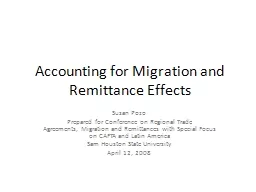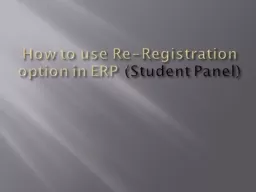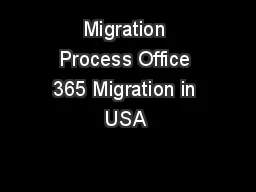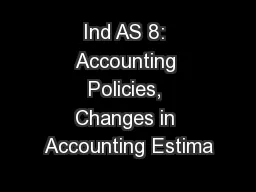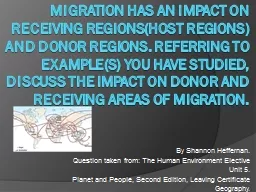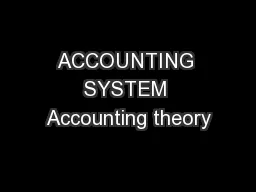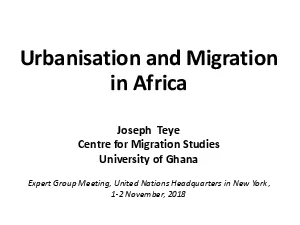PPT-Accounting for Migration and Remittance Effects
Author : marina-yarberry | Published Date : 2017-06-07
Susan Pozo Prepared for Conference on Regional Trade Agreements Migration and Remittances with Special Focus on CAFTA and Latin America Sam Houston State University
Presentation Embed Code
Download Presentation
Download Presentation The PPT/PDF document "Accounting for Migration and Remittance ..." is the property of its rightful owner. Permission is granted to download and print the materials on this website for personal, non-commercial use only, and to display it on your personal computer provided you do not modify the materials and that you retain all copyright notices contained in the materials. By downloading content from our website, you accept the terms of this agreement.
Accounting for Migration and Remittance Effects: Transcript
Download Rules Of Document
"Accounting for Migration and Remittance Effects"The content belongs to its owner. You may download and print it for personal use, without modification, and keep all copyright notices. By downloading, you agree to these terms.
Related Documents

